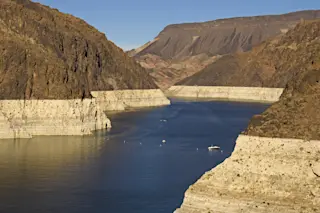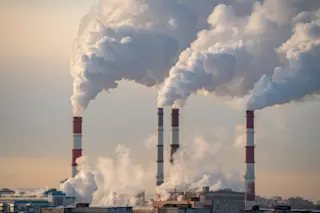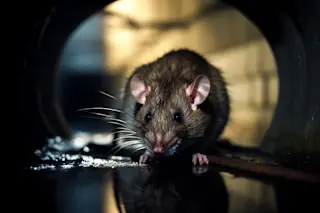More than 40,000 airplanes crisscross the skies above the U.S. every day. The engines propelling the metal birds through the wild blue yonder leave behind distinct line-shaped clouds known as contrails. The wispy clouds form when water vapor from fuel combustion condenses and crystallizes into ice. The ice clouds trap heat in the Earth’s atmosphere and contribute substantially to climate change.
Now researchers find contrails’ impact on climate change will triple by 2050 thanks to increases in air traffic. The discovery suggests contrails are a factor that climate policies should take into account, according to the researchers.
“It is very important to consider and quantify the contribution of aviation, and in particular contrail[s] … to climate change and, in order to limit climate change, to evaluate mitigation options,” said climate scientist Lisa Bock of the German Aerospace Center, who authored the new research.
Aviation already has a sizable influence on ...














